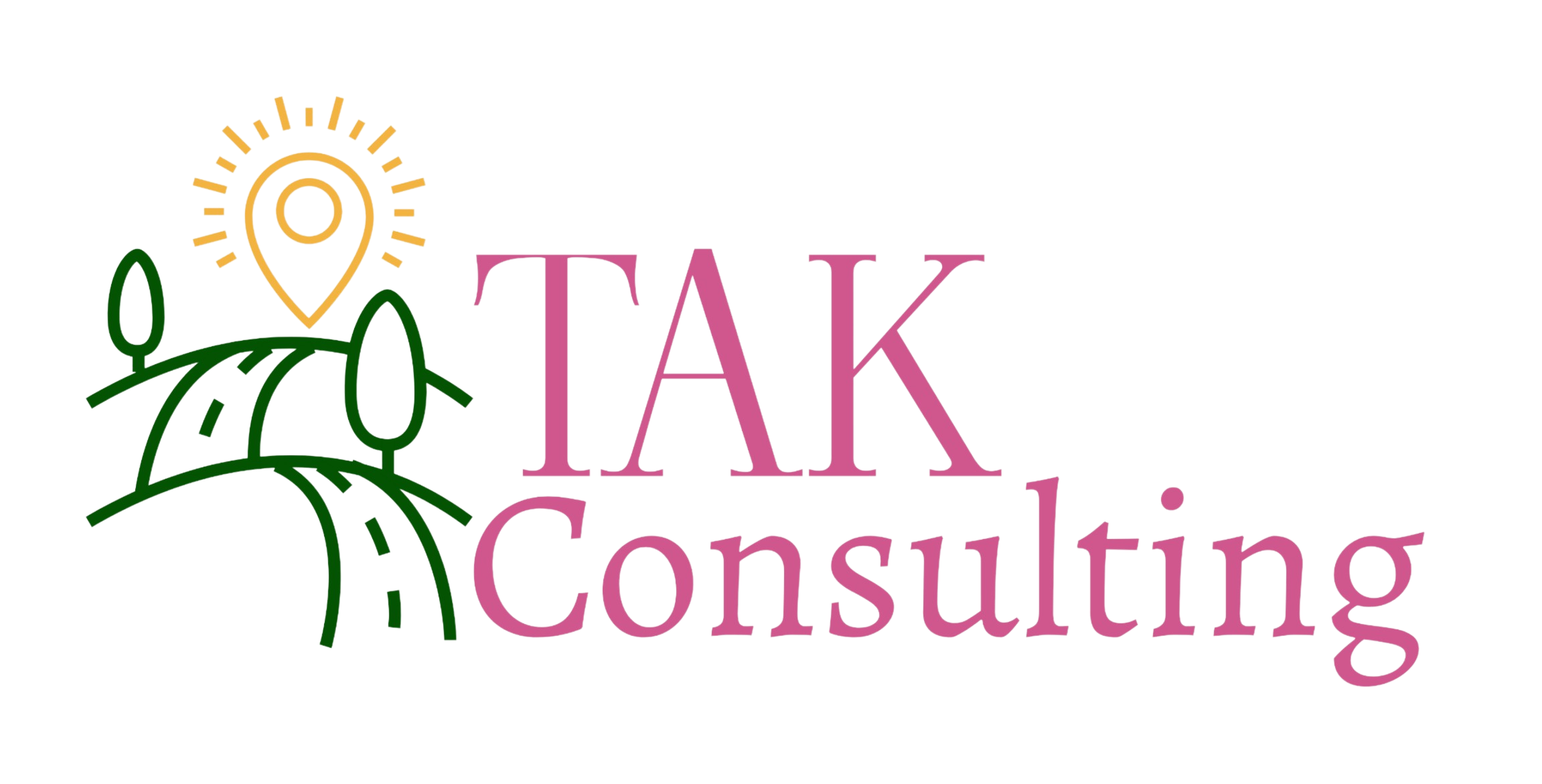According to Backlinko, the average listener spends seven hours listening to podcasts! With so much time invested into podcasts by over 464 million podcast listeners, it’s worth your time to create your own podcast!
Starting a podcast and where to begin
Starting a podcast can seem daunting for some with all the different choices of what to do and how to get there. Starting step by step can break down the process easier and help you to start your podcasting journey of your own! To begin, decide on your theme! You’ll want to pick something that you are passionate about and can see yourself sticking to for a long time. Picking something you love makes it easier to motivate yourself to keep up the hard work, even when it’s rough. Michael Keenan from Shopify recommends doing a stress test to help you see if your theme will work for you. He says to write out at least 20 episode topics of what you would discuss (and if you’re interviewing people, you could also include who here as well) because if you can not think of even 20 different episodes, there is a good chance you’ll struggle or run out of ideas before your podcast can even take off. After deciding on the theme/topic of your podcast, you’ll need to figure out the who, what, why, and how of your podcast. Figuring all of these questions out can help navigate your podcast to be set-up clean from the start and make it easier to figure out where a good beginning is. So, consider the following: What is the goal of your podcast? Do you want to inform others of your niche knowledge in your business or do you want to perhaps bring more attention to your business? Why are you doing the podcast? Take “the what” from your goal and tie it to a more personal matter. Much like your business, your podcast is a reflection of you, so it’s important to understand the why. Who is your audience? Like any social media, you have to figure out who your target audience is. Being able to decide the appropriate audience can help you connect with listeners better and communicate better in a way they understand. Finally, how will your podcast shine? What makes your podcast unique and how can you draw them in? Remember, picking a niche is what you want! Now that we have all the basic questions out of the way and your podcast idea more outlined, there are a few more things to consider to be on the road to having your own amazing podcast!
First off, it’s time to decide on a format for your podcast. This shouldn’t be too difficult, it is just the structure of how your podcast will be. This could look like: interviews, scripted (fiction & non-fiction), news, or more. An example of this would be the podcast Serial. Every season, the host follows a scripted non-fiction format where they cover different topics. With your format settled on, it’s time to figure out how long the episodes will be and how often you will publish new episodes. There is no right or wrong answer to how long an episode should be. Work out how long you think it will take to cover what you need to in a way that does not drag on for viewers. When it comes to publishing your episodes, consistency is vital. Consistency allows viewers to come back for more on a guaranteed schedule and ensures you are always staying current. After all this is finalized, choose your brand and category. Choosing your brand is critical as this is many viewer’s first impressions. Branding includes picking out a name for your podcast. When creating a podcast name, Michael Keenan from Shopify uses these guidelines: make it four words or less, keep it succinct and intriguing, easy to spell and pronounce, not taken by another brand, and decide on a name you enjoy saying out loud. If your podcast is mirroring your business, you may also want to think about a name that is similar and a good match to your business. You can also create a short bio as a way to hook your audience into clicking on your podcast. Using keywords can allow you to be seen easier, but be sure not to fill it all out with only keywords as this may have the opposite effect. Your branding may also play into your category. Categories can include: comedy, true crime, lifestyle, political, etc. Be confident in the category that fits best because if your content is not relevant to your category, this can drastically lower your chances of being seen. Finally, be sure to use good sound equipment! There are many options out there so spend some time researching what will work best for you. Although many podcasts may include in-person recordings, a good chunk of your audience will only be able to hear you, so it’s paramount that you sound as good as you can. Furthermore, you can take it a step further and invest in creating a space with good acoustic sound to one-up your podcast even more! Putting in all the time to start off your podcast right can definitely make the benefits even greater.
Benefits of having a podcast
Creating a podcast may seem like a lot of work but there are many benefits to it. For starters, podcasting can help build your brand thus leading to reaching more consumers, increased SEO (search engine optimization), and even increasing your other social media content! If you decide to interview others, you can boost your connections by building up bonds you already have and promote newer connections through your interviewee or those who are listening to your podcast. Furthermore, podcasts have a global reach; meaning even more people will be able to connect with you! Next, using podcast analytics can help you see where to make more improvements on your podcast. Using these analytics allow you to see what the audience enjoys the most, how they’re listening in and from what platform (so you can adapt to the majority of listeners best), and the usual location as well as age. Even more, analytics can show impressions and drop-off (when viewers stop listening) so you can identify the outreach of your content and when an episode is perhaps dragging on for too long or may need to be updated.
Another way podcasting is beneficial is that you may learn many new skills along the way. Most podcasters start out solo with no additional help and must figure out everything as they go. This can lead to discovering new skills or improving old ones like: writing, organization, public speaking/speech, editing, and more. Last but not least of course is that podcasting can generate extra income for you/your business and, of course, who would turn that down? Overall, there are many benefits to podcasting and it may make you stronger as a person and a business!
Podcasting is Great!
Although it may take some time to get your podcast up and running, it can help your business shine and grow!





